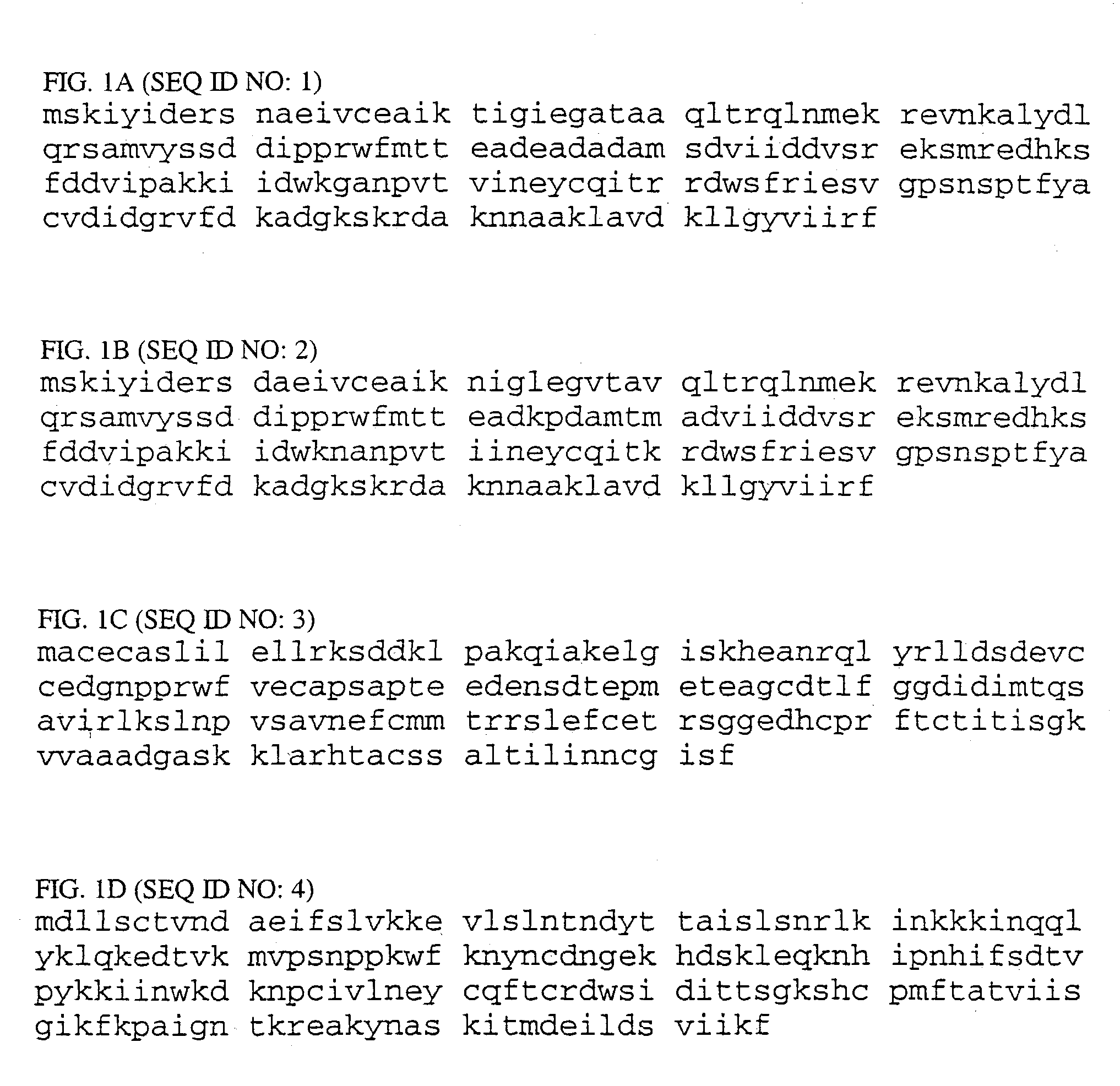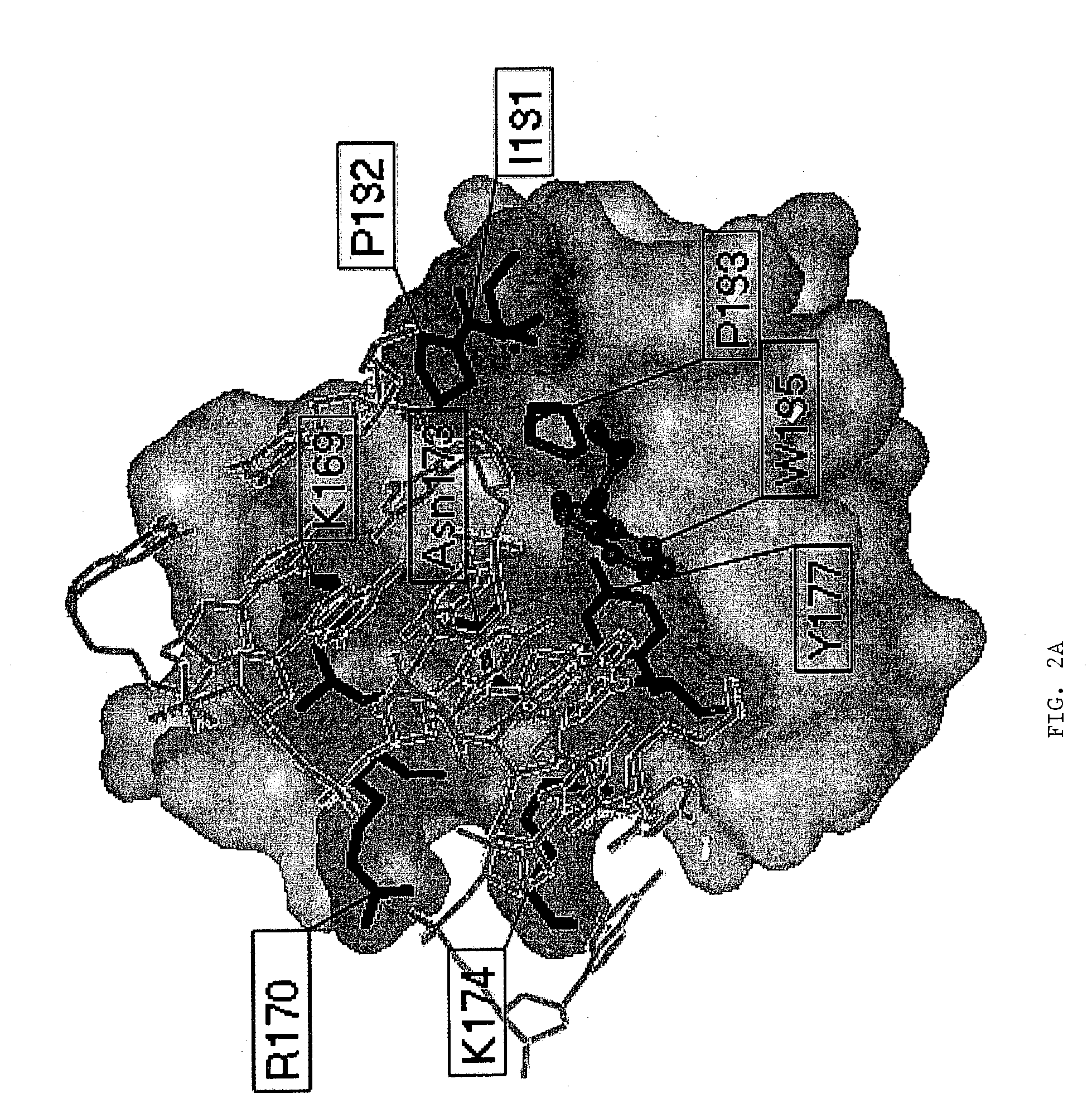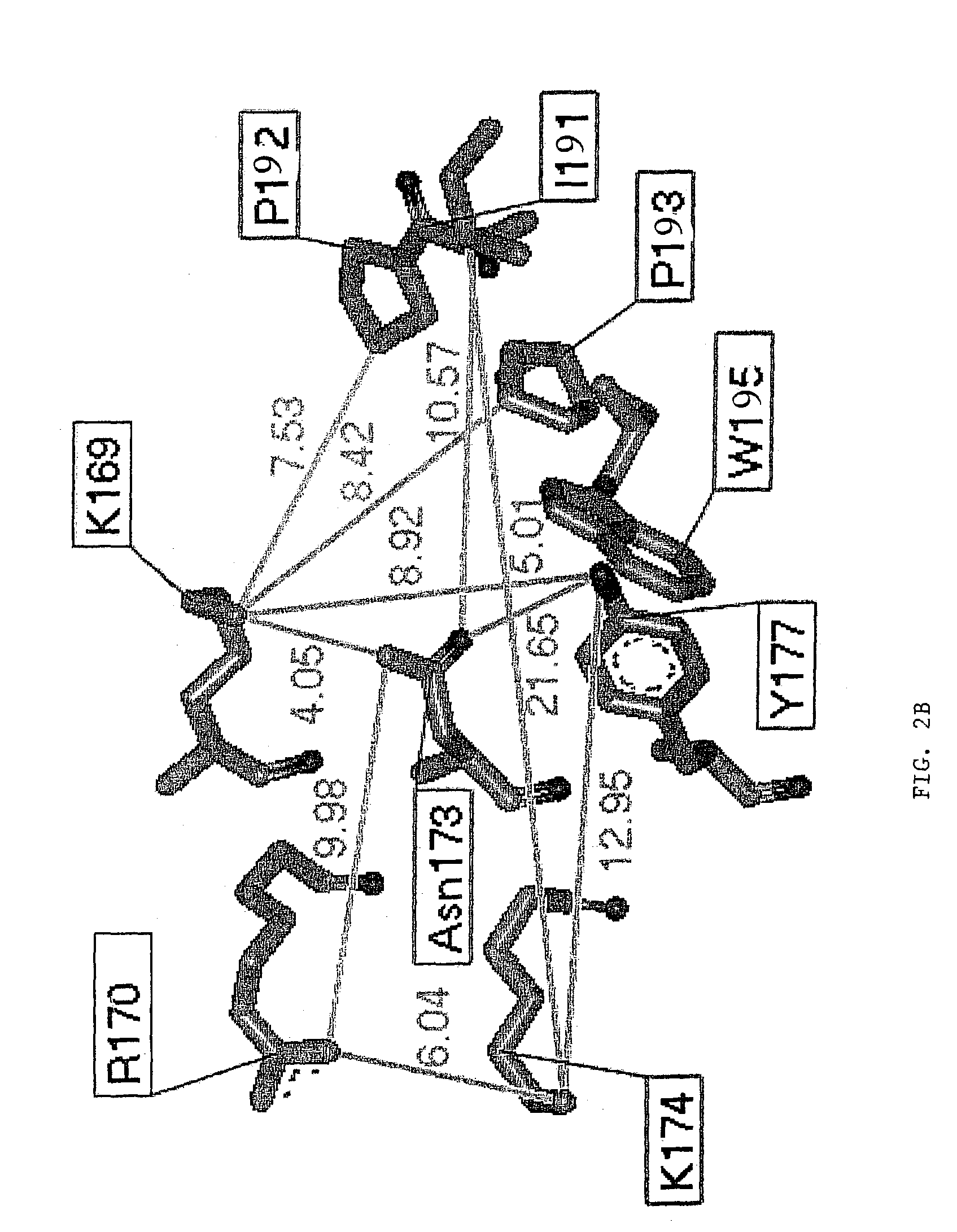Method of inhibiting pathogenicity of infectious agents
- Summary
- Abstract
- Description
- Claims
- Application Information
AI Technical Summary
Benefits of technology
Problems solved by technology
Method used
Image
Examples
example 1
Zα can Substitute for the Function of the N-terminal Domain of the Vaccinia Virus E3L
[0130]The pathogenicity of viruses stems from the fact that they block programmed cell death (apoptosis) of the host cell. The basis for this derives from experiments with vaccinia virus that is lethal to mice. The vaccinia virus genome encodes an E3L protein, which is essential for pathogenicity. The E3L protein contains two domains; one domain binds to double-stranded RNA without regard to sequence, and the other domain (amino-terminal domain) has similarities to the sequence of a protein domain Zα. Zα is a protein domain from the amino-terminal region of human double stranded RNA adenosine deaminase (hADAR1), which has been shown to bind specifically and selectively to left-handed Z-DNA. The three-dimensional crystal structure of Zα complexed to Z-DNA has been determined (Schwartz et al., Science, 284:1841–1845, 1999), and from this structure, residues that interact with Z-DNA have been identifie...
example 2
Identification of E3L Residues Responsible for Vaccinia Virus Pathogenicity
Materials and Methods
Primer Design and Construction of Vectors
Construction of pMPADARZα-E3L and pMPADARZβ-E3L
[0134]Nucleotides (nt) 61–261 of the vaccinia virus (VV) E3L gene (coding for amino acids 1–67) were replaced by either nucleotides 554–742 (Zα) or nucleotides 1025–1216 (Zβ) of the human ADAR gene, in pMPE3L (Kibler et al., J. Virol., 71:1992–2003, 1997). This was done using a two-step PCR based mutagenesis protocol. The first PCR reaction involved the construction of mega primers, which were subsequently used in a second PCR reaction to generate the recombinant plasmids.
[0135]For synthesis of the mega primers the following oligonucleotides, based on human ADAR (GenBank Accession Number U10439) or VV E3L (GenBank Accession Number S64006) cDNA sequences, were used for PCR amplification. Underlined regions denote sequences from VV E3L fused to sequences from human ADAR to generate ADAR Zα or Zβ-E3L mega...
example 3
Detection of Z-DNA Binding Proteins Using a Yeast One-Hybrid System
[0177]The yeast one-hybrid system has been used as a tool for identifying proteins that bind to specific DNA sequences (Allen et al., Trends Biochem. Sci., 20:511–6, 1995; Liu et al., Methods, 5:125–37, 1993). The upstream activating sequence (UAS) of a reporter gene is replaced by a bait sequence, and DNA binding proteins are then expressed in yeast cells as fusion proteins with a transcriptional activation domain. Thus, transcription is activated when the DNA binding protein fused to the activation domain interacts with the bait DNA sequence. This system has been expanded to include DNA conformational specificity with Z-DNA formation. This assay allows for the identification and characterization of Z-DNA specific binding proteins in vivo and for the study of the influence of Z-DNA formation on transcriptional activity.
[0178]As described herein, Z-DNA is a left-handed form of the double helix, as revealed in a singl...
PUM
| Property | Measurement | Unit |
|---|---|---|
| Fluorescence | aaaaa | aaaaa |
| Affinity | aaaaa | aaaaa |
Abstract
Description
Claims
Application Information
 Login to View More
Login to View More - R&D
- Intellectual Property
- Life Sciences
- Materials
- Tech Scout
- Unparalleled Data Quality
- Higher Quality Content
- 60% Fewer Hallucinations
Browse by: Latest US Patents, China's latest patents, Technical Efficacy Thesaurus, Application Domain, Technology Topic, Popular Technical Reports.
© 2025 PatSnap. All rights reserved.Legal|Privacy policy|Modern Slavery Act Transparency Statement|Sitemap|About US| Contact US: help@patsnap.com



